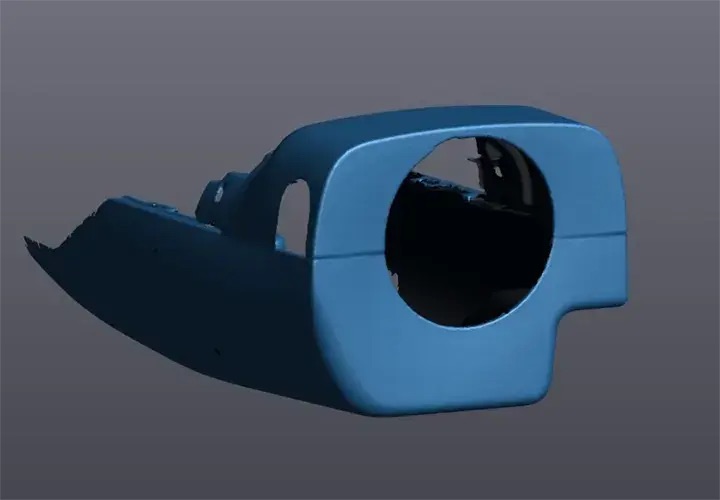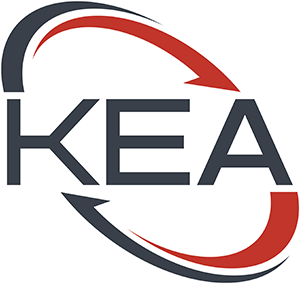3d Scanning & Printing
3D Scanning
Turn Real-World Objects Into Data
KEA Technologies, Inc. offers 3D scanning services with a range of final deliverables. Parts of all sizes can be scanned by KEA Tech engineers and returned to the customer in the form of a raw mesh file, an edited and cleaned mesh file, and even a 3D printed model of the scanned part. Depending on the extent of the job, hourly rates will vary. By utilizing KEA’s scanning services, businesses can improve their workflow’s efficiency and cost.

Parts of all sizes can be scanned by KEA Tech engineers and returned to the customer in many forms
3D Printing
Multi Jet Fusion
MJF works by rolling a thin layer of nylon beads across the build surface. Next a printhead releases agents over the nylon surface defining geometry to be fused by the fusing lamp.
Advantages / Applications:
- Best overall form of 3D printing mixing very high quality resolution with incredible durability and overall strength
- Often used for final production runs
- Great heat resistance
- Accepts paints and dyes very well
- 12 times faster than SLS
MJF is the most advanced form of polymer 3D printing commercially available to date. Layer resolution combined with nylon’s durability creates the perfect mix for final product prints. MJF has officially brought 3D printing to the level of final production.
Stereolithography
A Stereolithography apparatus works by curing a photopolymer resin with a laser building the part upside down layer by layer.
Advantages / Applications:
- Highest Resolution form of 3D printing available on the market today (Up to 25 Microns)
- Clear resin can be made optically clear
- Most versatile material selection with over 20 different resins to choose from
SLA is best suitable for individuals / companies looking to make very high quality prototypes with a glass like finish and no visible layer lines.
Fused Deposition Modeling
Fused Deposition Modeling works by melting and extruding thermoplastic filament to build a part up a layer at a time.
Advantages / Applications:
- Low cost per part
- Excellent for basic proof of concept and prototypes
- Long list of potential materials for certain applications (PLA, ABS, TPU, PETG, Carbon Fiber, etc.)
- Large build volume (12x12x15 inches)
FDM is best suitable for those looking to make very low cost prototypes / models, where visible layer lines will not have an effect.
